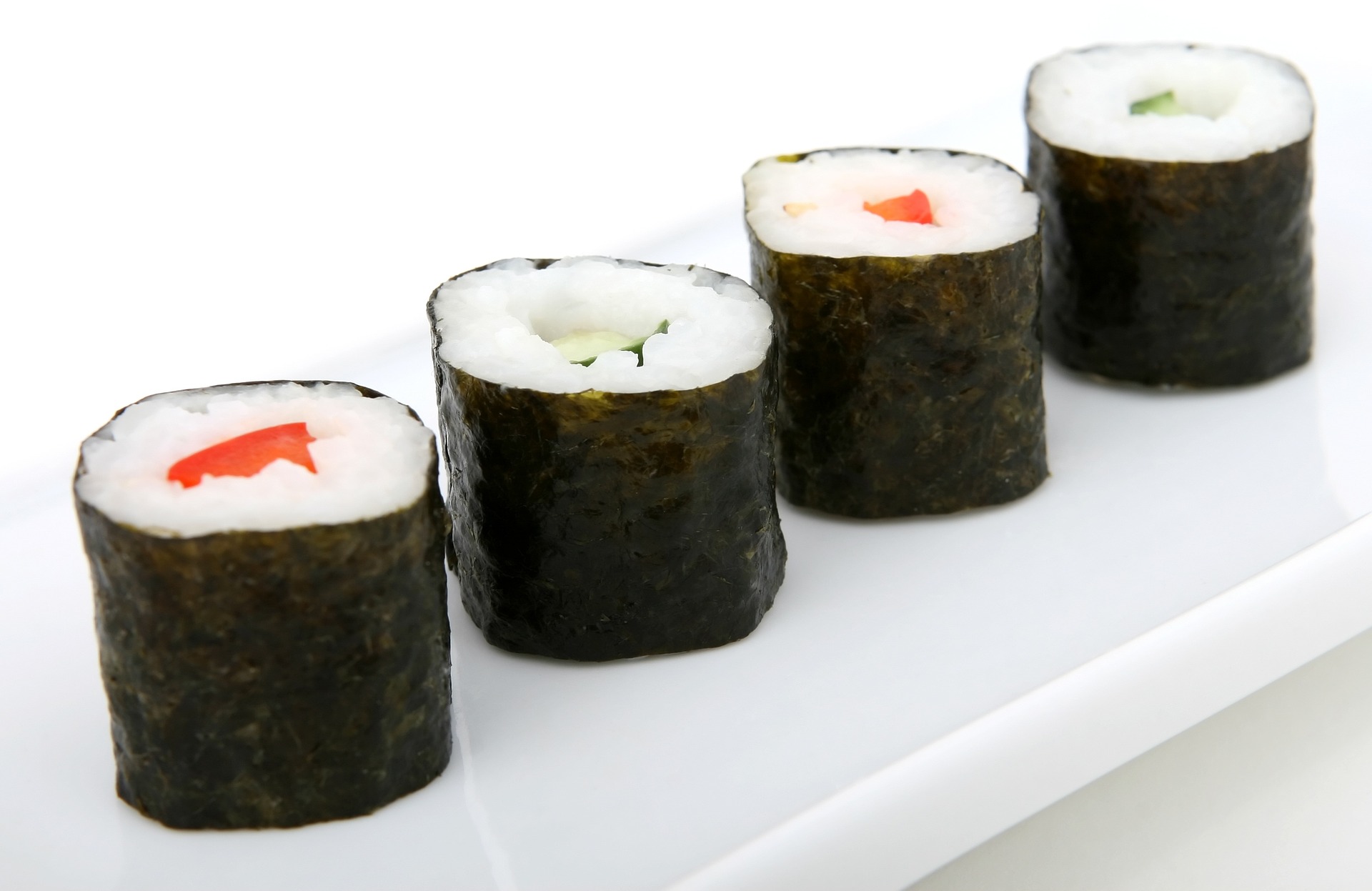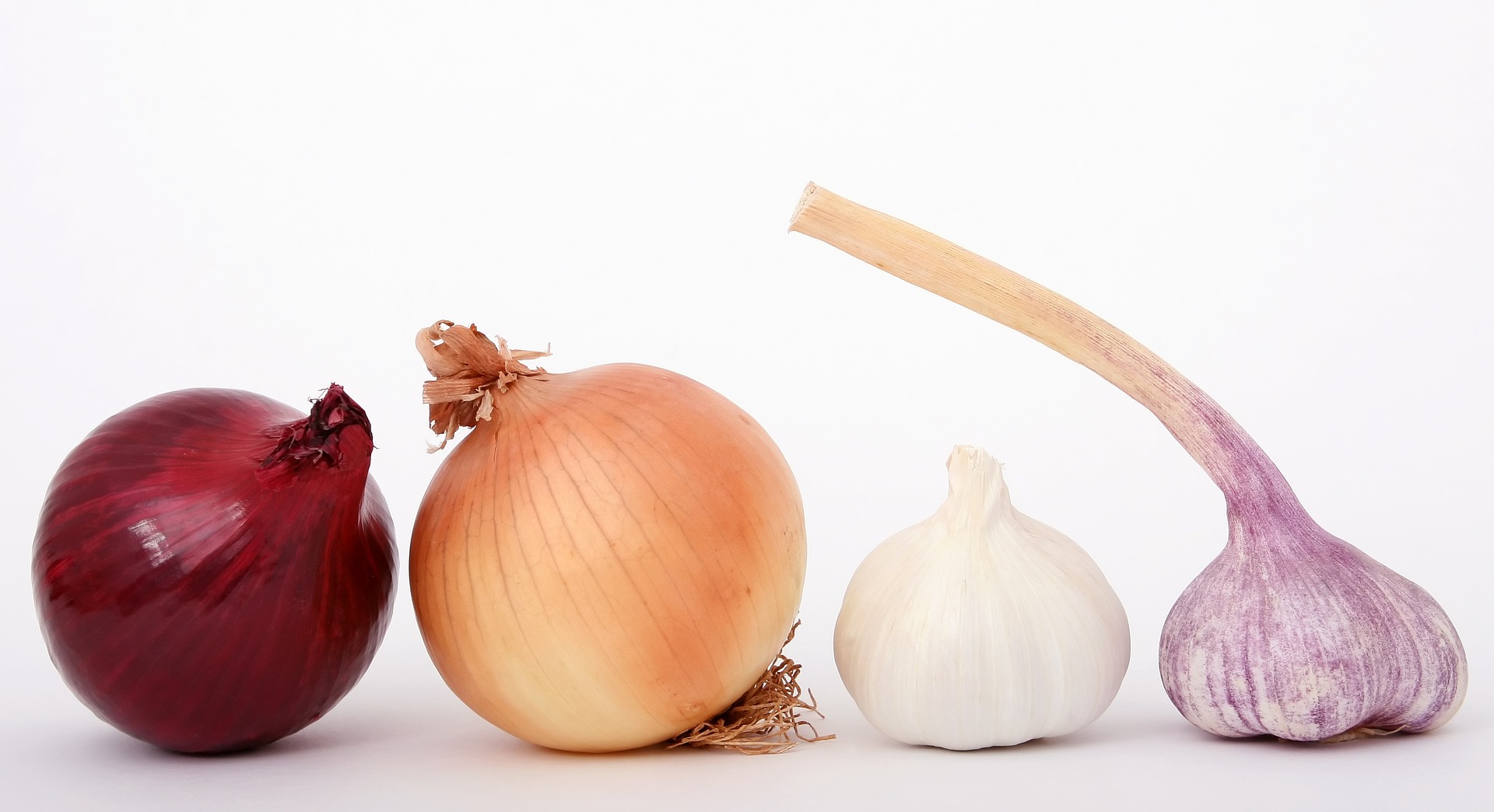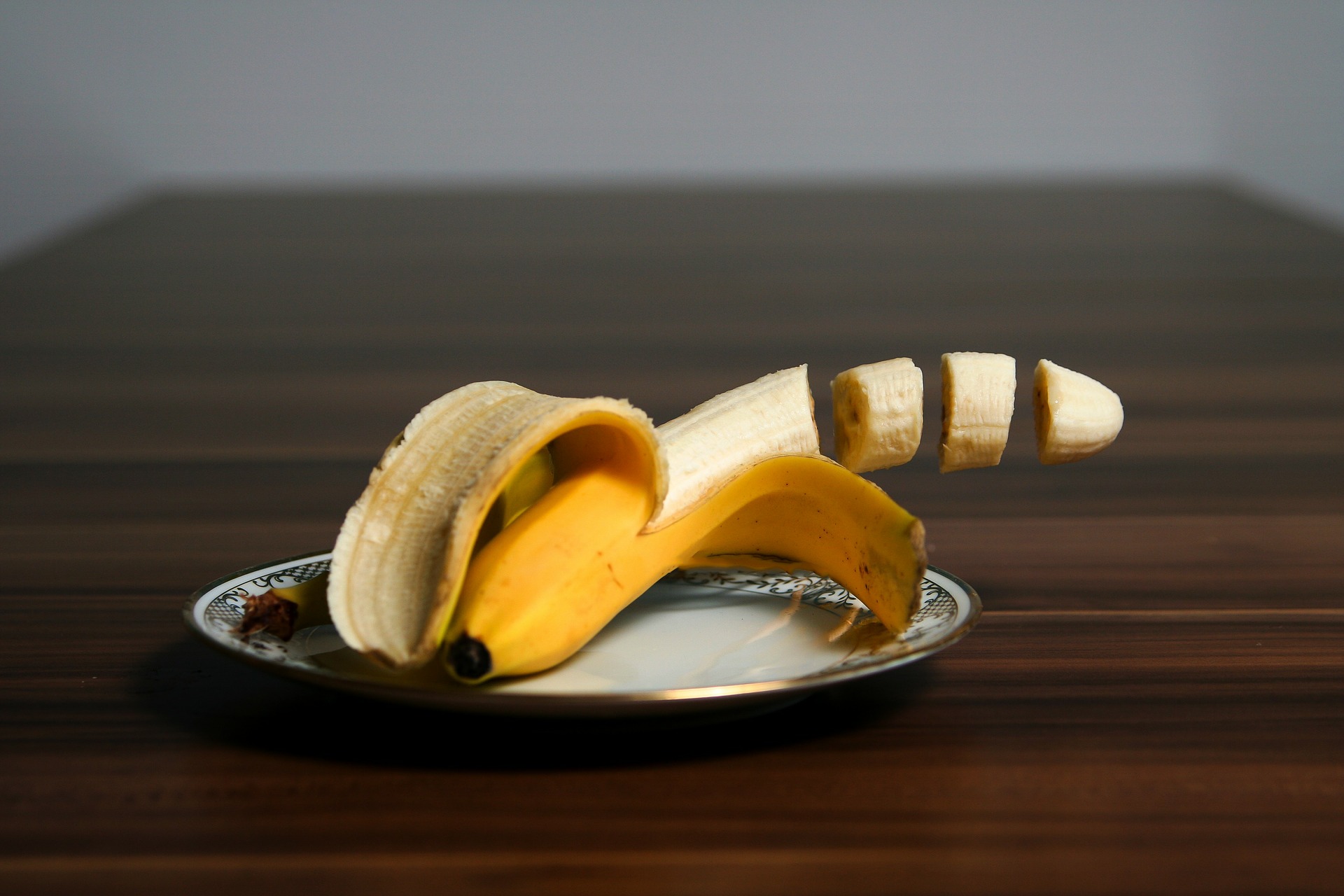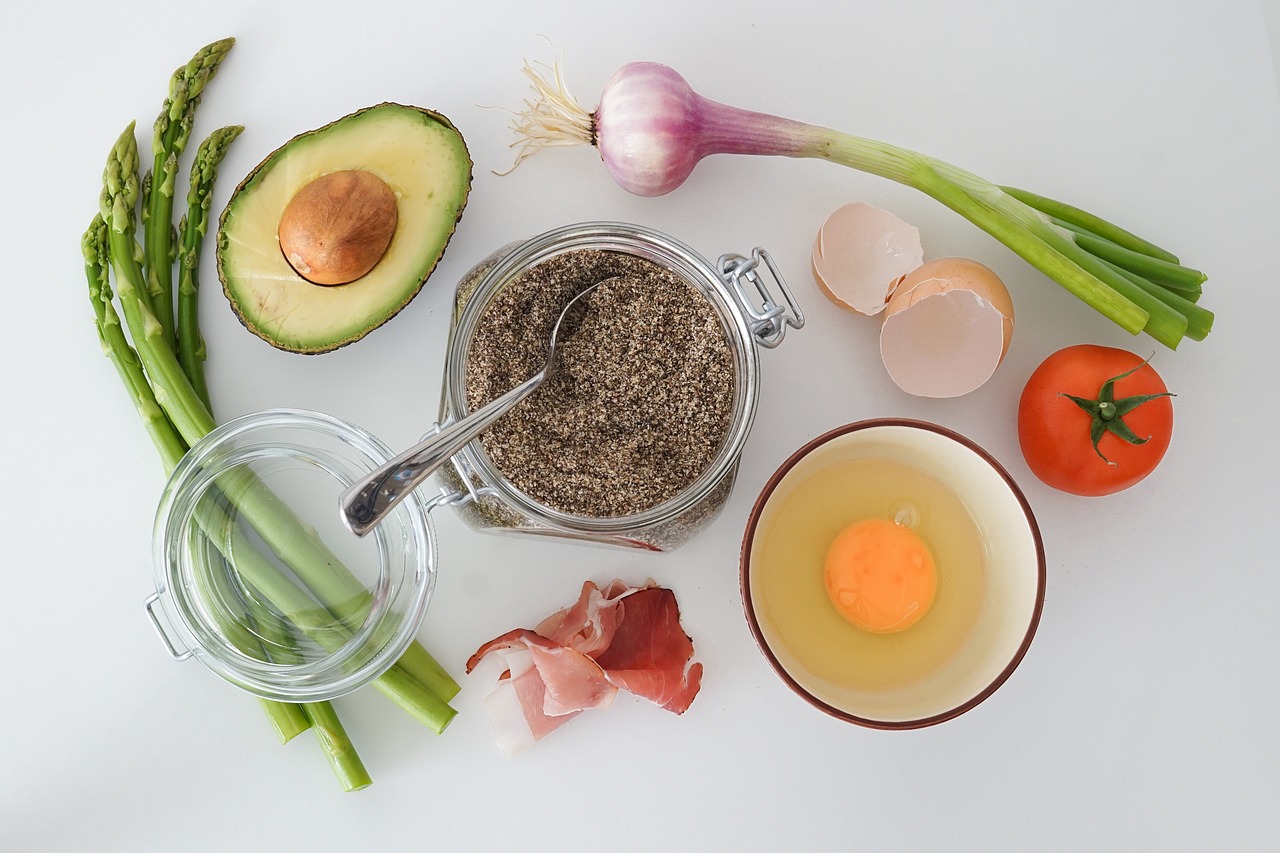Improving gut health is becoming much more main stream, which is awesome news, however the message being relayed most of the time is to pop a probiotic and "ALL WILL BE WELL"!
That is simply not the case. We need to understand the fundamentals and that is, the pathway to Health and Wellness is through nutrition, wholefoods and healing wholefoods in particular.
To think that a typical Western diet can be consumed alongside popping a probiotic is not going to cut it, in fact it could be harming instead.
The focus is ALWAYS going to be on consuming a wholefood diet, gut bacteria diversity and feeding the beneficial bacteria through the intake of PREBIOTIC foods so that a healthy digestive system can be maintained.
What is Prebiotic Food?
It is simply types of food with dietary fibre that feeds the friendly bacteria so that they can grow and multiply
Why is Prebiotic Food needed?
It’s helps the gut bacteria produce nutrients for your colon cells which ultimately leads to a happier healthier digestive system
The difference between Probiotic & Prebiotic Food?
Probiotics – are the beneficial bacteria
Prebiotics - are food that feed the beneficial bacteria.
So not only do you want to increase and diversify your beneficial bacteria via fermented foods and drinks preferably, you also want to eat foods that feed this beneficial bacteria so that they can multiply
THE TOP PREBIOTIC FOODS TO CONSUME:
1. Chicory Root – it’s inulin fibre promotes gut bacteria, reduces constipation and helps break down fat
2. Dandelion greens – increases beneficial bacteria, reduces constipation and is fabulous for the immune system.
Usage tip – add to salads
3. Jerusalem Artichoke – once again the inulin fibre content increases the beneficial fibre and boosts the immune system
Usage tip – can be eaten raw or cooked
4. Garlic – so many health benefits. Promotes bifobacteria in particular and prevents the growth of disease causing bacteria
Usage tip – add it anything you can, such as casseroles, stews, soups, dips, salad dressing, hell even swallow a clove like a tablet. So easy to include this multiple ways daily
5. Onions- Food for the beneficial bacteria, boost the immune system and helps with digestion
Usage Tip – consume either raw or cooked. Add to salads, pickle it, use as base in stews, casseroles and soups
6. Leeks - Comes from the same family as onions and garlic and therefore have the same properties
Usage tip – Use as a replacement for onionsin bases for stews, casseroles and soups
7. Asparagus – Not my most favourite vegetable I have to admit! Helps promote friendly bacteria.
Usage Tip – Serve steamed with garlic & hot butter butter
8. Bananas – Who doesn’t love a banana? Increases healthy bacteria in the gut and is known to reduce bloating
Usage Tip – eat as is, add to smoothies, use in baking.
9. Barley – promotes the growth of friendly bacteria
Usage tip – Always soak prior to use to reduce the lectin factor. Use in soups, stews or as porridge
10. Oats – Promotes healthy gut bacteria and improve blood sugar control
Usage tip – with any grain, soak before using. Use in home-made muesli, porridge, baking in a myriad of ways
11. Apples – It’s high pectin fibre content helps promote beneficial git bacteria and helps to decrease harmful bacteria.
Usage tip – eat organic if you can. Conventional grown is ridiculously high in pesticides. Eat raw with a fat if possible such as a nut butter or use in cooking. Pureed apple can even be used an egg replacer
12. Cocoa – promotes healthy gut bacteria
Usage tip – Use the best quality possible in baking, bliss balls, home-made chocolate and hot chocolate
13. Flax seeds – It’s fibre promotes healthy gut bacteria, promotes regular bowel movements and reduces the amount of dietary fat you absorb and digest
Usage Tip – Grind them up and add to smoothie, make chia puddings, use as an egg replacer and add to baking. I believe these are best consumed when they’ve been soaking in a liquid for a period of time and resembles a gel like texture
14. Seaweed – Such a great food to add to your diet – increases the population of friendly bacteria, reduces harmful bacteria and boosts the immune system
Usage Tip – Add to the diet in the form of dulse flakes which provide a wonderful flavour to soups, stews and broth. Make some dipping nori chips or simply make some sushi
The Bottom Line:
Eating prebiotic foods are just as IMPORTANT as consuming probiotic foods if you want to improve the health of your gut and maintain a healthy digestive system.
If you eat a broad, varied healing wholefood diet, you will be consuming these foods by default anyway!
ACTION STEP FOR YOU - Make a list of the above foods you are consuming anyway and a list of foods you can incorporate WITHOUT causing overwhelm.
If you are feeling stuck with your Healing Wholefood journey, book in for a complimentary Health Mapping Session. The purpose of this session is clearly define where you are, where you need to be and some actionable steps to help you move forward.
Chantal is a Certified Nutrition & Wellness Coach that specialises in helping stressed and overwhelmed mums heal their children with wholefoods using a personalised wholistic step by step approach.






